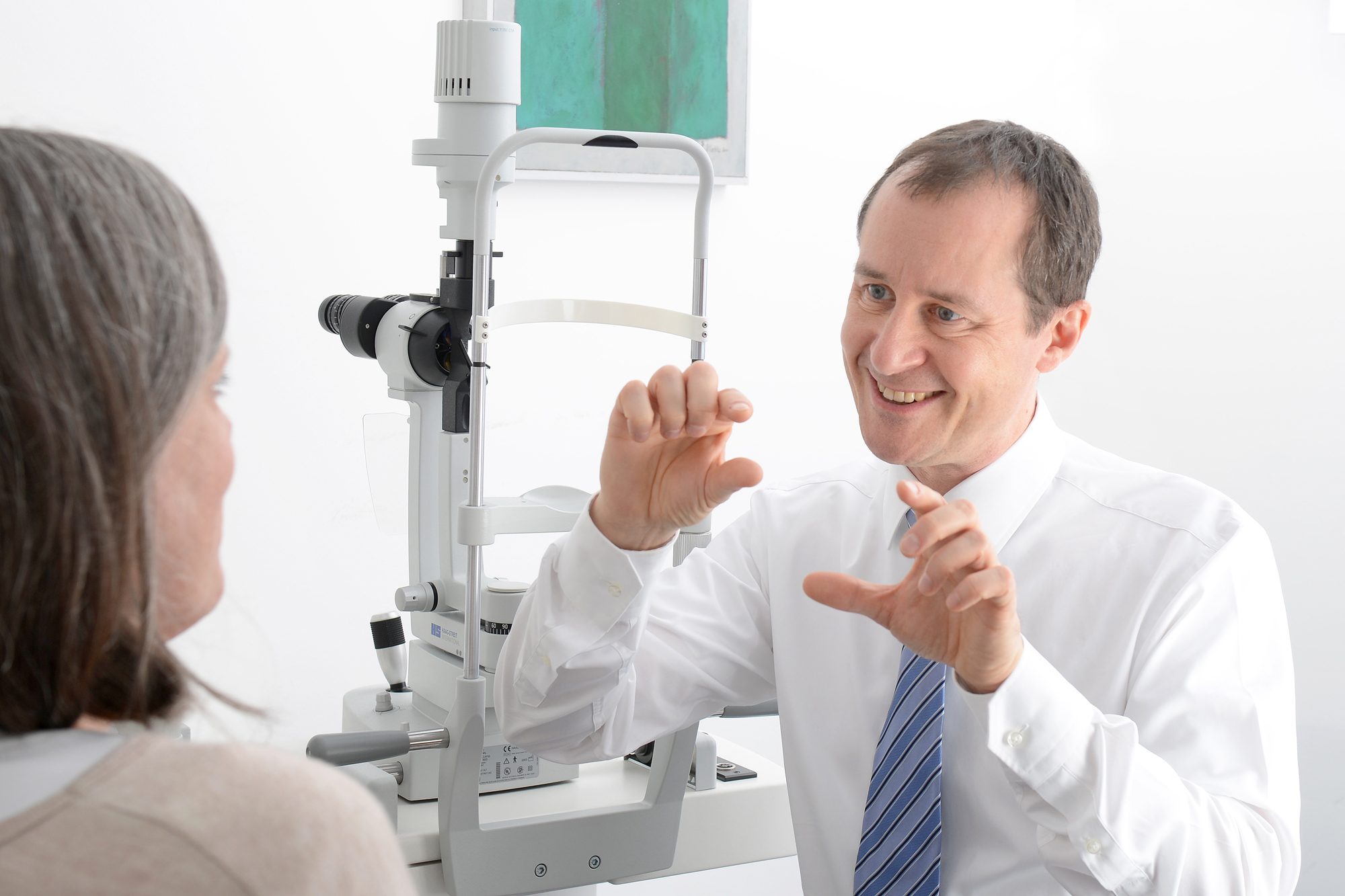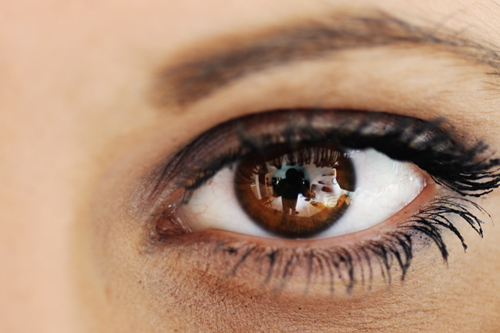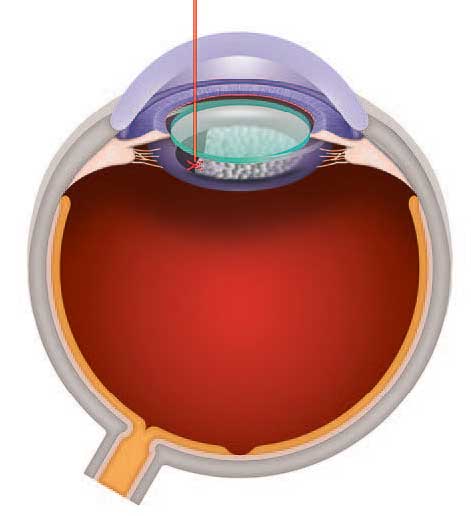Refractive Lens Exchange: classical or modern
From an age of approx. 40 years it can be useful to replace the human lens with an artificial, intraocular lens. There are two different treatment methods for refractive lens exchange:
1. In the classical procedure, the lens capsule is opened through a small, manual incision at the edge of the cornea.
2. In the modern procedure, the lens capsule is opened circularly by a femtosecond laser with highest precision.
The "classical" Refractive Lens Exchange
The surgical method has been an established for decades and is based on cataract surgery, which has been standardized since the end of the 1970s. The cataract surgery has reached an extremely high quality standard in recent years. Lens replacement for cataracts is the most frequently performed and safest treatment, with approximately 25 milliontreated eyes worldwide.
In classical lens replacement, all surgical incisions are performed by your surgeon by hand. If a modern femtosecond laser is used for particularly important surgical steps, precision and accuracy are significantly increased.
Classical lens surgery
The surgery is performed in several phases: First the lens capsule is opened, the lens material is removed and then an artificial, intraocular lens is inserted.
All surgical incisions are performed manually by your surgeon. The lens is crushed with ultrasound and removed (phacoemulsification). The lens capsule remains in the eye - it serves as a "pocket" for the new intraocular lens. After cleaning the lens pocket, the surgeon inserts the new lens. The elastic lens temples stabilize in the remaining capsular bag. The intraocular lens has no longer to be replaced, it remains in the eye permanently.
This means that cataracts can no longer develop in your old age and the annoying presbyopia can be corrected with multifocal lenses. The tiny incision makes it possible to close the wound without a suture.
Safety
Modern methods have significantly reduced the risk of complications, yet they can never be completely ruled out. The lens exchange procedure is basically the same as cataract surgery, i.e. cataract surgery, and is therefore the most frequently performed procedure. Approximately 800.000 patients are treated annually in Germany.
Anaesthesia
The operation is performed under local anaesthesia with eye drops. This means that you are conscious but do not feel any pain. Only in very rare cases is a local anaesthesia by injection necessary. Our anaesthetists will accompany and monitor you during the entire operation.
Special advantages of "classical" RLE
- Proven, safe technology.
- Similar to classic cataract surgery.
The Multifocal Lens
Your option if you wish to be independent of glasses in everyday life
Multifocal lenses are designed for eyeglass independence and enable vision at multiple distances.
The basic strength of the lens is designed for distance vision. Additionally generated focal points in the eye enable sharp vision at medium (80cm) and shorter distances (35cm). Astigmatism can also be compensated here.
Getting used to multifocal lenses
A multifocal lens projects multiple images onto the retina, which your brain uses to recognize objects at different distances. It is normal for it to take several months for your brain to adjust and achieve the best possible quality of vision.
Light phenomena
Immediately after the surgery, undesired light effects such as halos or glare can occur - especially around light sources. These are more pronounced in poor lighting conditions, for example when driving at night. These effects usually subside after a few months due to adaptation processes in the brain's image processing.
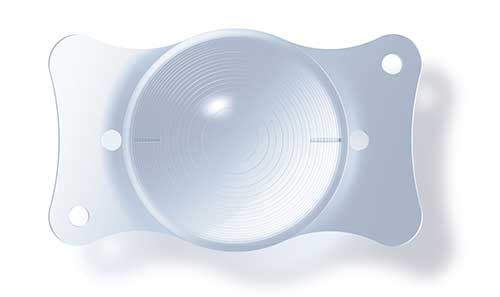
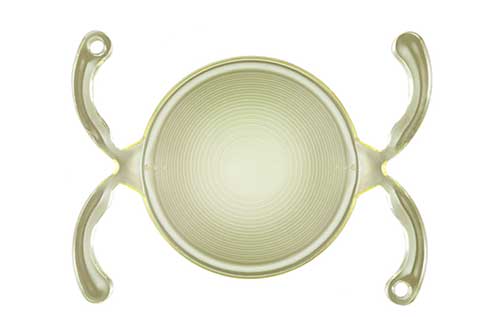
The "modern" Refractive Lens Exchange
Modern femtosecond lasers have been used in refractive corneal surgery (Femto-LASIK) since 2005. This technology is also possible and useful for lens replacement, as it offers even more precise results, especially when implanting multifocal lenses.
Although the anatomy of the eye is the same in all human beings, the eyes differ in size, depth and curvature.
Our laser produces a very detailed 3D image of the patient's eye and uses sophisticated software to adapt the treatment plan to the individual anatomy. Thus we can offer you an individual treatment with an innovative laser surgery procedure.
With the femtosecond laser, each treatment is individually pre-programmed and planned in the system to improve accuracy and minimize the duration of the procedure.
In addition, the system docks to the eye in a uniquely gentle way to keep it stable. This results in maximum treatment comfort for the patient.
State-of-the-art laser technology with 3D imaging techniques
The surgery also takes place in several phases: In this modern procedure, the lens capsule is opened circularly by the femtosecond laser with the highest precision.
The laser system is based on a state-of-the-art special femtosecond laser and a 3D imaging procedure. This enables an individually adapted treatment that perfectly fits to the eye.
After appropriate programming, the laser automatically carries out partial lens replacement steps and thus provides even greater safety for the eye and even more precise results - especially for implantations of toric and multifocal lenses.
The surgeon can carry out all the necessary surgical steps gently and with outstanding precision in order to chop up and remove the body's own lens. This helps to position the intraocular lens exactly in the eye, which is important for the best possible visual acuity.
You lie comfortably on a surgical couch and your eye is anaesthetised. An integrated diagnostic device (optical coherence tomography) then scans the eye precisely in a few seconds.
This enables very precise planning of the treatment. After exact alignment, the femtosecond laser begins its work.
Of course, the surgeon retains full control over the laser treatment at all times.
The individual steps of the laser-assisted RLE
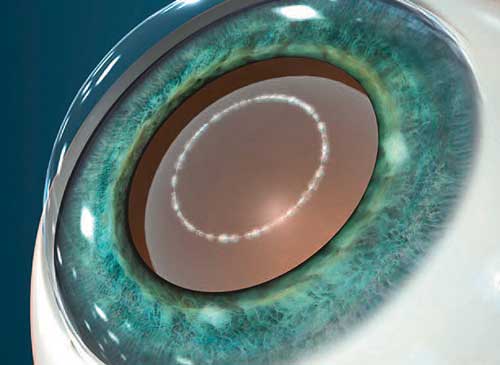
Access to the eye
Incisions are made with laser technique. Then the lens capsule is circular opened (capsulotomy). The femtosecond laser does this with the highest precision and reproducibility. This ensures that the intraocular lens is optimally positioned in the capsular bag.
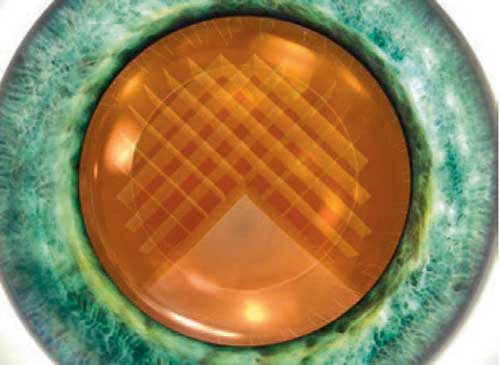
Chopping of the lens
The femtosecond laser is able to divide the body's own lens into tiny cubes. This is done much more gently than before because less tissue-pouring energy is used.
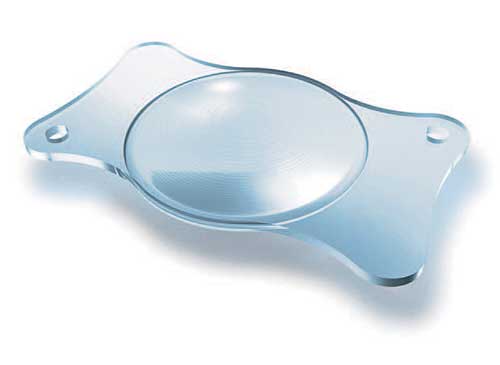
Inserting of the intraocular lens (IOL)
The folded lens is inserted into the eye through the small incision via a special injector. The lens unfolds in a controlled manner and the surgeon brings it into its final position.

Benefits
The femtosecond laser revolutionizes refractive lens exchange (RLE) by making treatment even more precise and gentle for you as a patient. The laser enables your surgeon to perform the finest precision work in the micrometer range. This protects the structures inside the eye and minimizes possible irritation.
Precision
The femtosecond laser offers unmatched precision, enabling incisions accurate to 0.1 micrometers. For comparison: a human hair is on average 85 micrometers wide.
The precision of the femtosecond laser allows the surgeon to precisely position the intraocular lens to optimize performance.
This performance improvement can reduce the need for glasses or almost eliminate them with the use of multifocal lenses.
Improved security
The advanced 3D imaging technology and advanced software from our laser manufacturer Johnson & Johnson Vision ensure that laser pulses only hit the treatment area, protecting surrounding tissue.
In addition, the laser system allows easier and smoother removal of the human lens. This gentle method has the advantage of faster recovery for you.
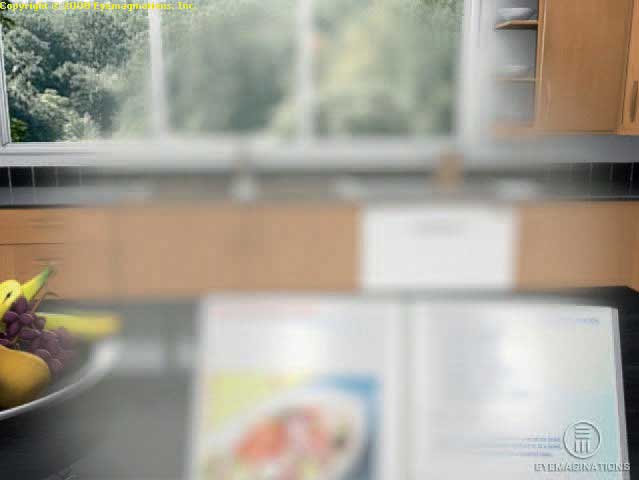
Posterior Capsule Opacification
For medical reasons, not all parts of the lens are removed during surgery. This can result in a cloudy membrane forming on the remaining posterior capsule after a few months or even years.
This phenomenon is also called after cataract. This does not cause pain and is not dangerous. The posterior capsule opacification is caused by natural cell growth.
If your vision is more severely impaired by the opacification, the membrane can be opened on an outpatient basis using a special laser device. Afterwards you will be able to see again with the usual "clear conditions" and enjoy your life untroubled.
Treatment of a Posterior Capsule Opacification
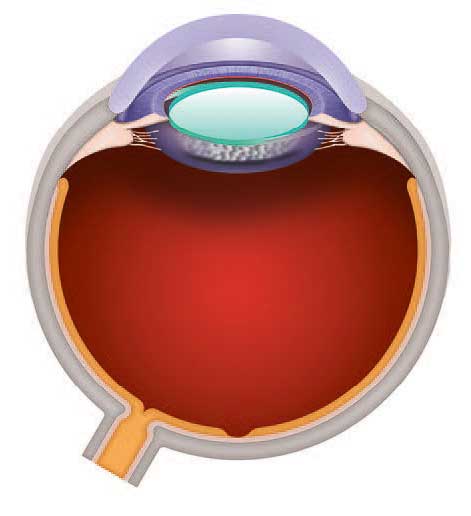
After a few months or years, a cloudy membrane forms on the remaining posterior capsule. This phenomenon is called "PCO" and can be removed with a special laser device.
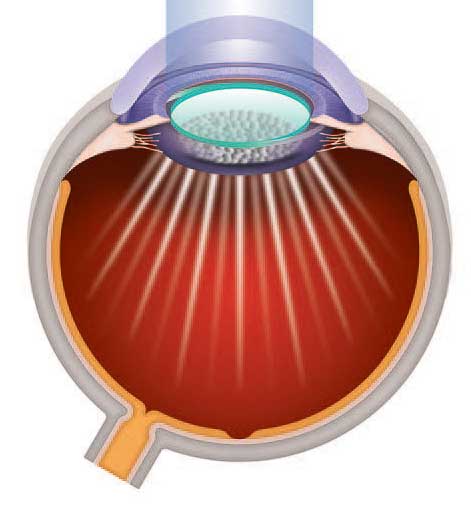
Posterior capsule opacifications have similar symptoms to cataracts: vision is blurred and diffuse.
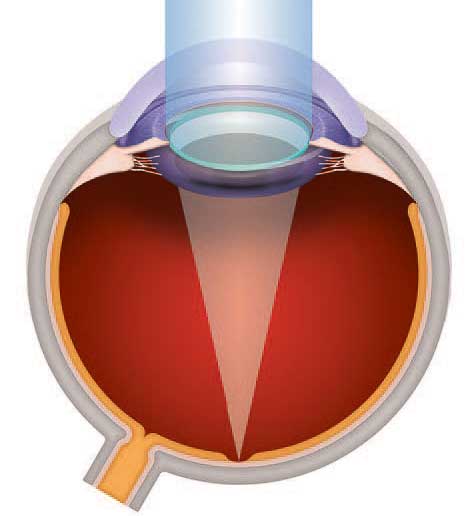
After the laser treatment you can see clearly again.
Laser Clinic
LOHR
Partensteiner Str. 6
97816 Lohr am Main
0 93 52/ 60 214 20
WÜRZBURG
Domstr. 1
97070 Würzburg
09 31/ 32 930 930
Ophthalmic practices
LOHR
Partensteiner Str. 6
97816 Lohr am Main
0 93 52/ 60 214 10
WÜRZBURG
Domstr. 1
97070 Würzburg
09 31/ 32 930 939
MARKTHEIDENFELD
Luitpoldstr. 31
97828 Marktheidenfeld
0 93 52/ 60 214 10
KARLSTADT
Gemündener Str. 15-17
97753 Karlstadt
0 93 52/ 60 214 10
HAMMELBURG
Berliner Str. 21a
97762 Hammelburg
0 97 32 - 43 31
Surgical centers
LOHR
Partensteiner Str. 6
97816 Lohr am Main
0 93 52/ 60 214 12
WÜRZBURG
Domstr. 1
97070 Würzburg
09 31/ 32 930 939
MILTENBERG
Regional partial professional association
Hauptstr. 21
63897 Miltenberg
0 93 52 / 60 214 12
BUCHEN
Regional partial professional association
Dr.-Konrad-Adenauer-Str. 37
74722 Buchen
0 93 52/ 60 214 12
FURTHER LINKS:
www.augen-lohr.de
www.augenlaserzentrum-lohr.de
Quick contact
E-MAIL
info@augen-lohr.de
Phone
Laser Clinic
0 93 52 / 60 214 20
Ophthalmic practice
0 93 52 / 60 214 10

